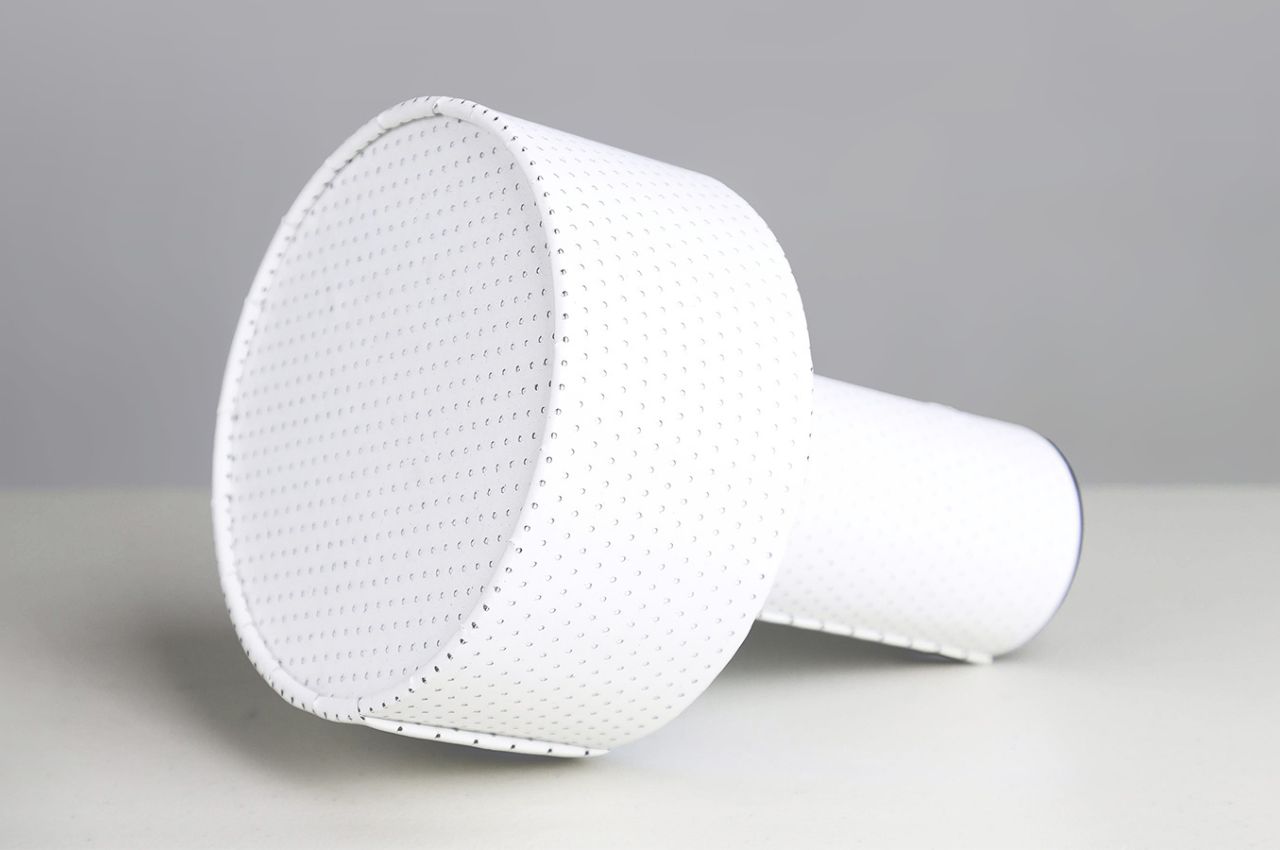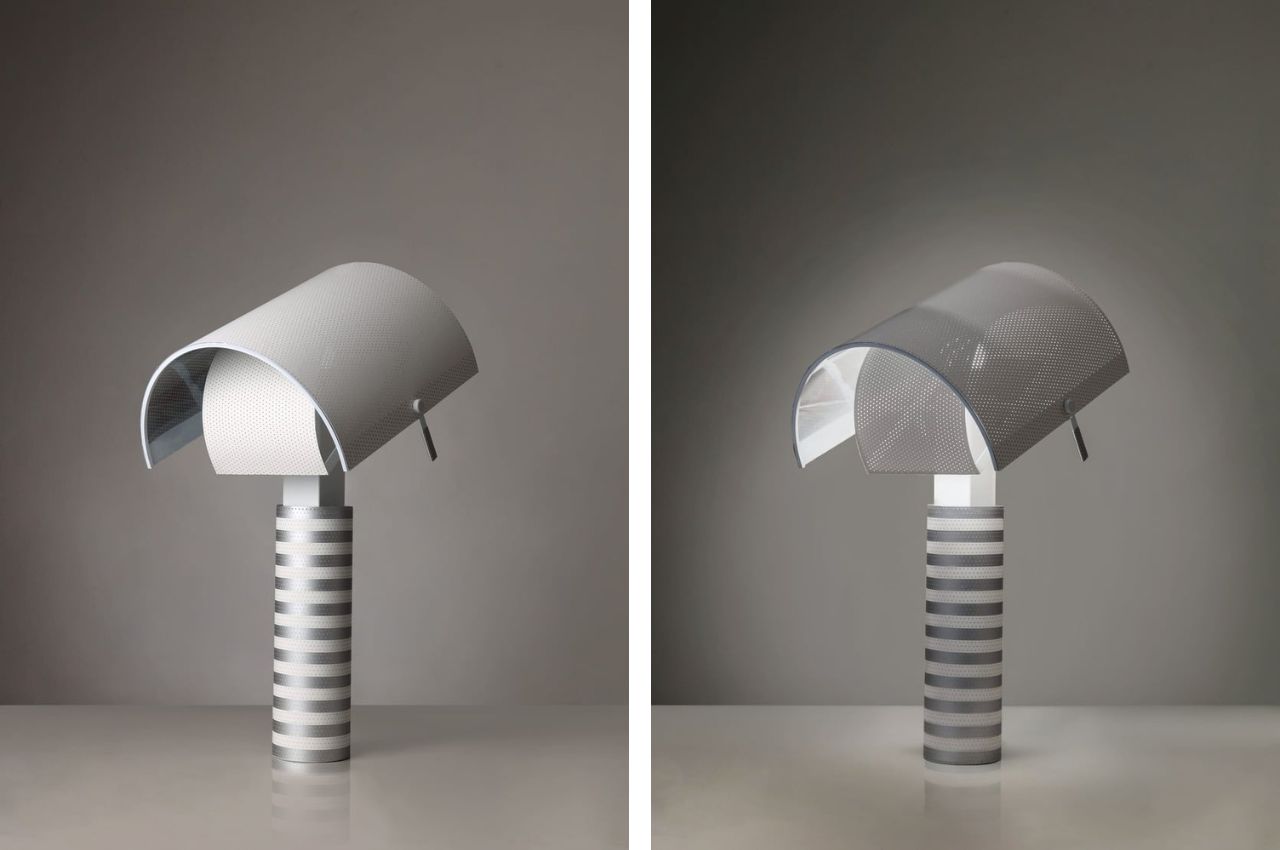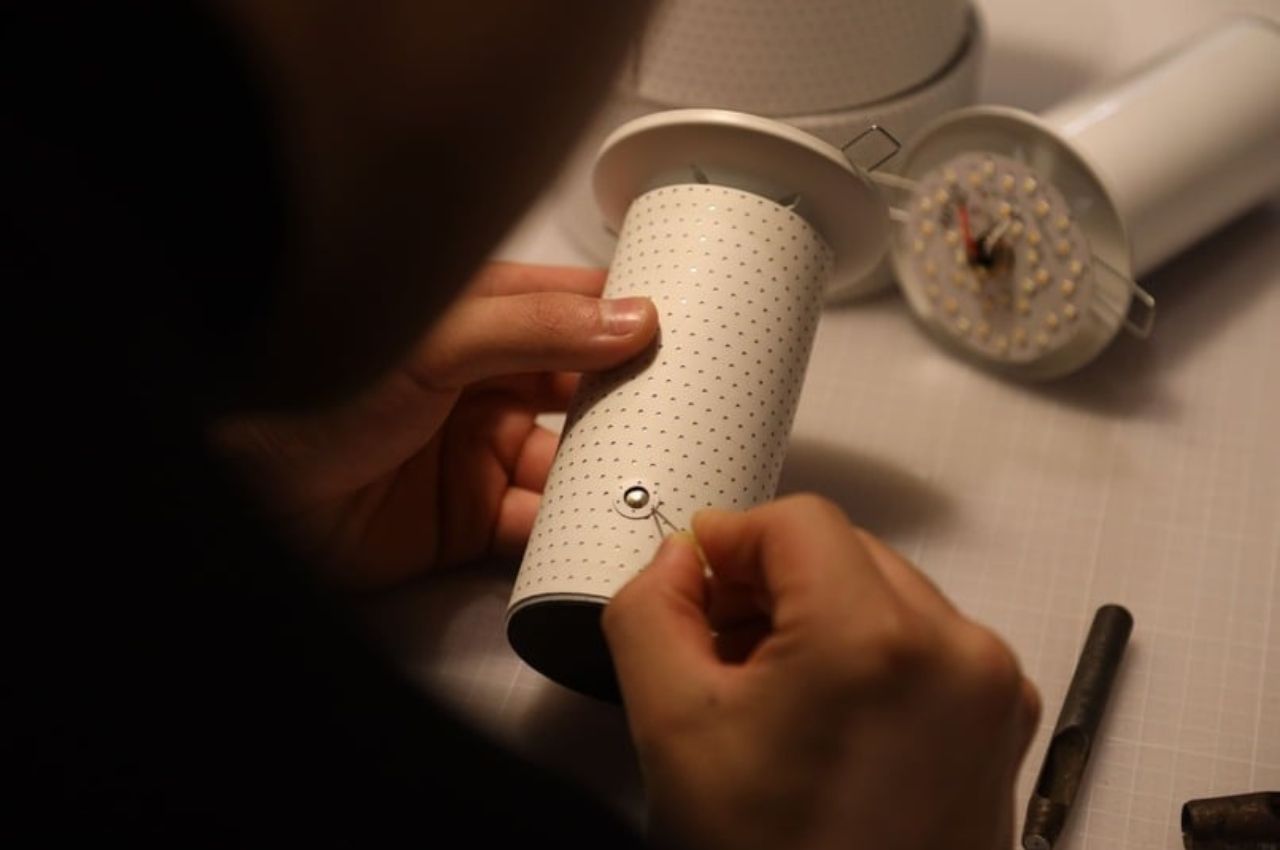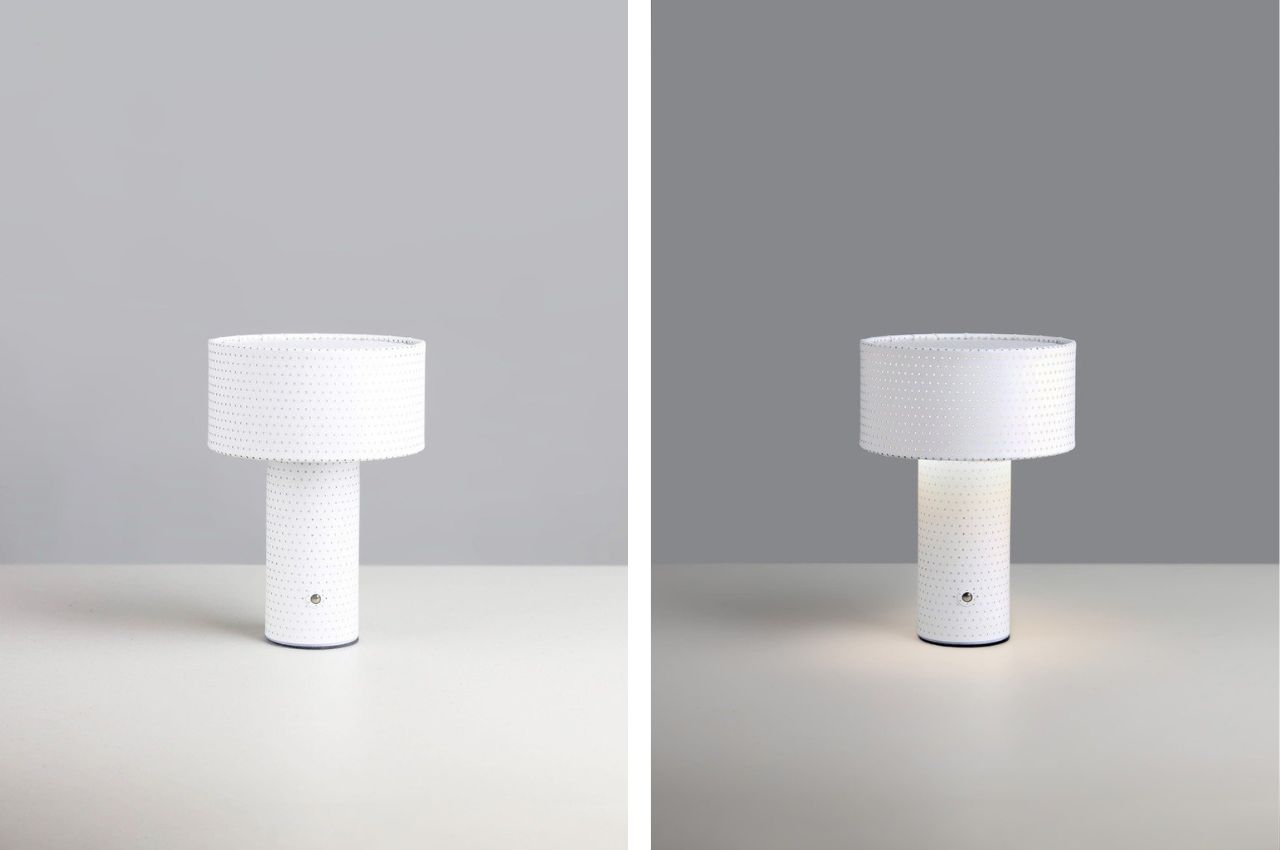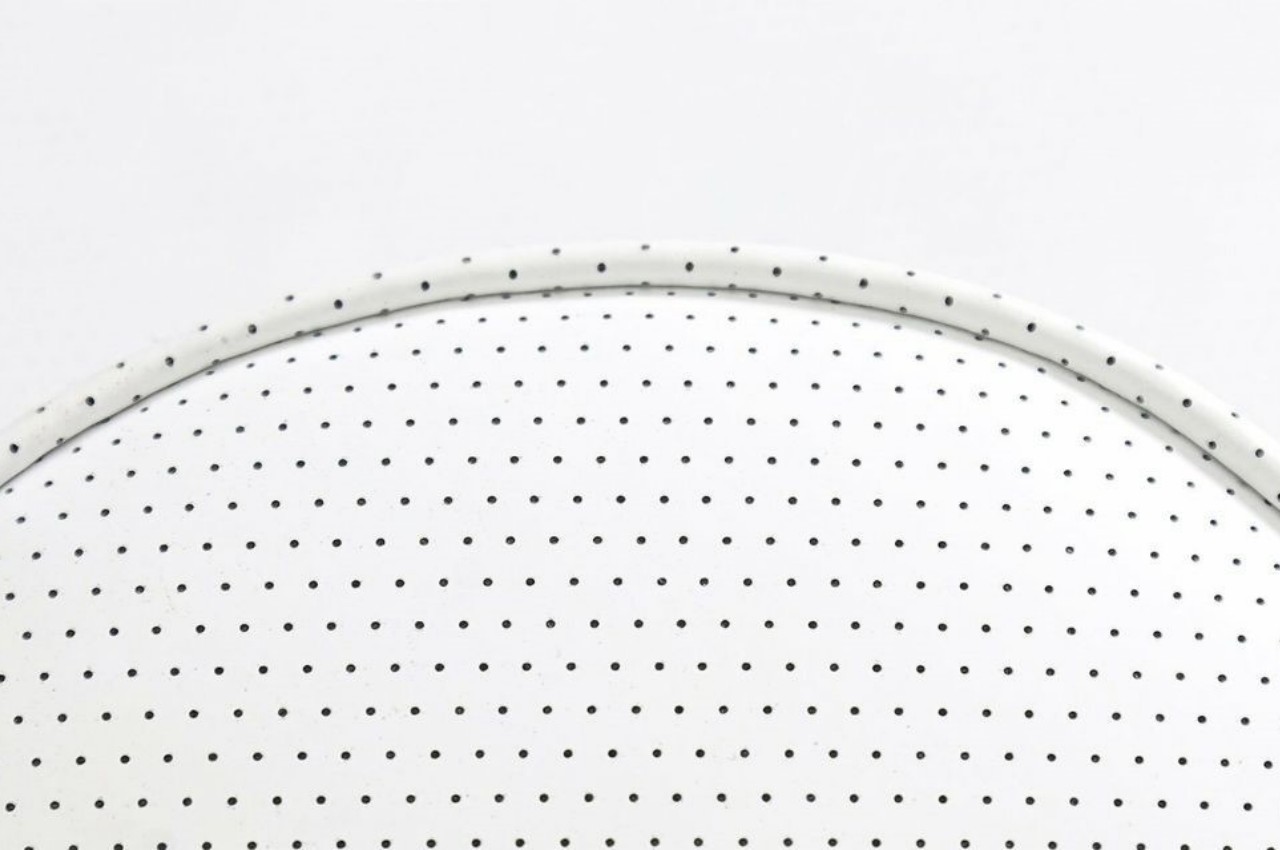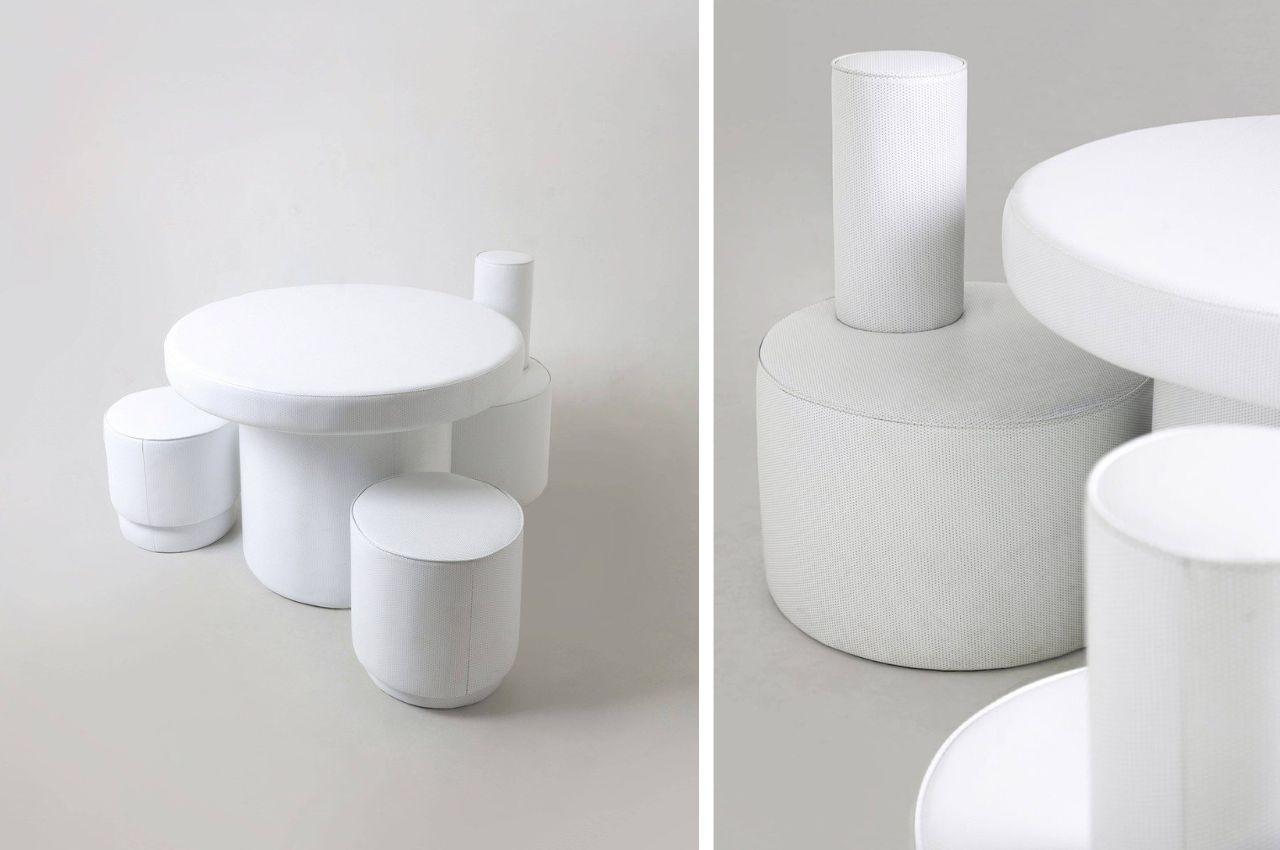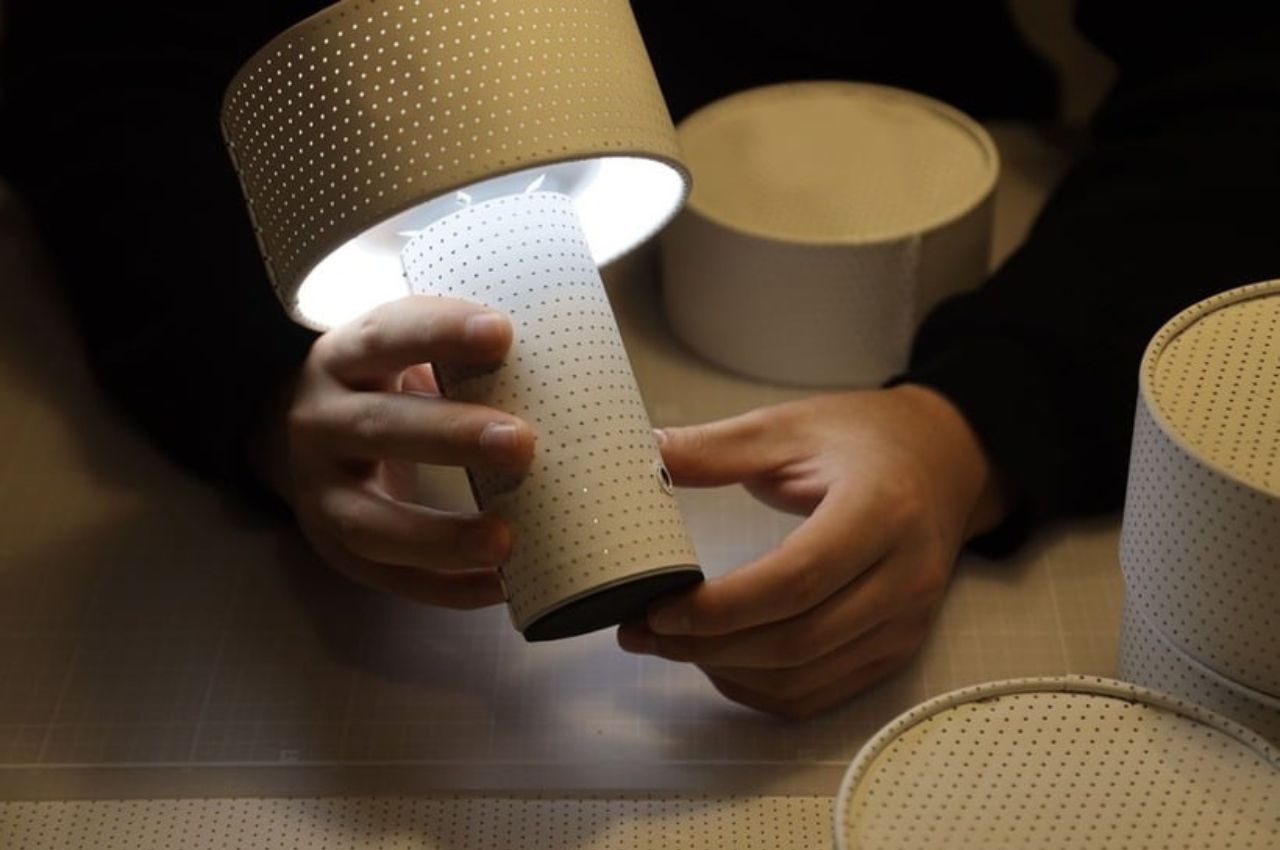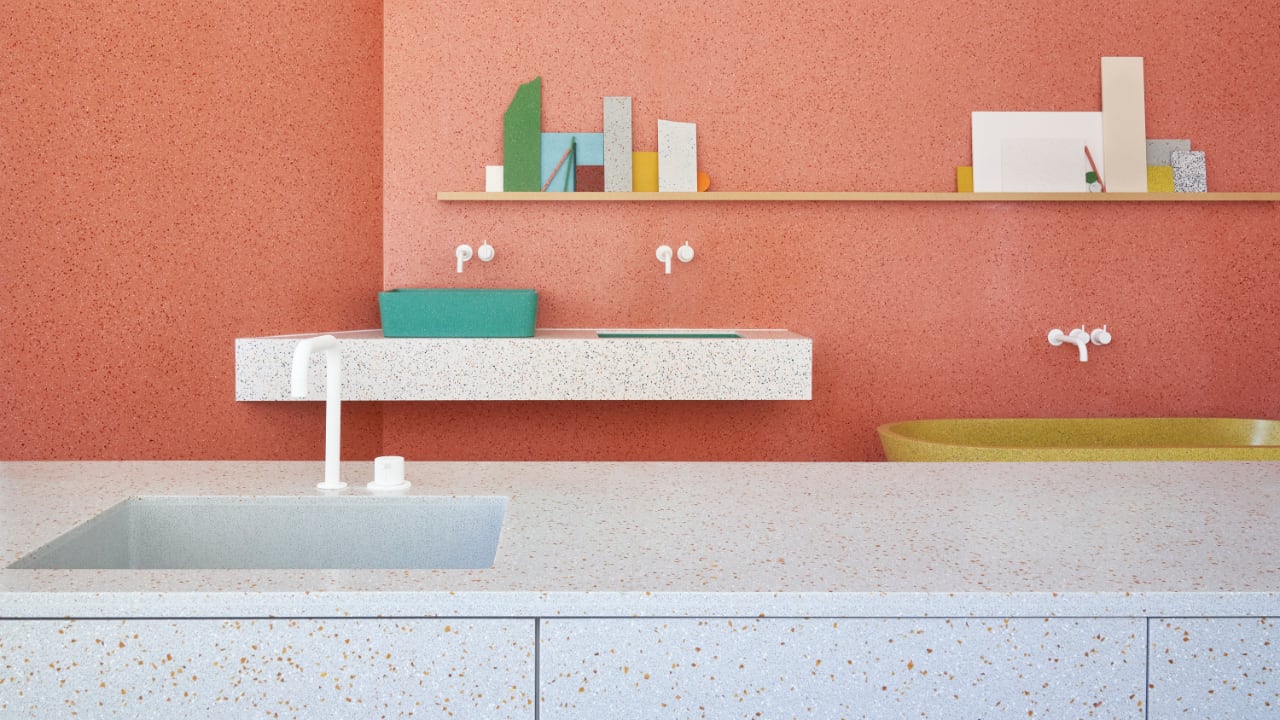
Since its establishment in 1990, Durat, a Finnish leader in sustainable design materials, has been at the forefront of both ecological innovation and aesthetic functionality. With a steadfast commitment to transforming industrial waste into high-quality, recyclable solid surfaces, Durat redefines the traditional use of recycled materials. At the core of its philosophy, deeply rooted in the principles of the circular economy, these values are evident in its product offerings and holistic approach to design and production. During Milano Design Week 2024, Durat showcased the “PORTA DEI COLORI” installation, a vivid illustration of their philosophy. This installation, brought to life by Linda Bergroth, symbolizes the marriage of sustainable practices with imaginative design. It demonstrates that recycled materials can be used beyond just practical applications, achieving significant artistic value.
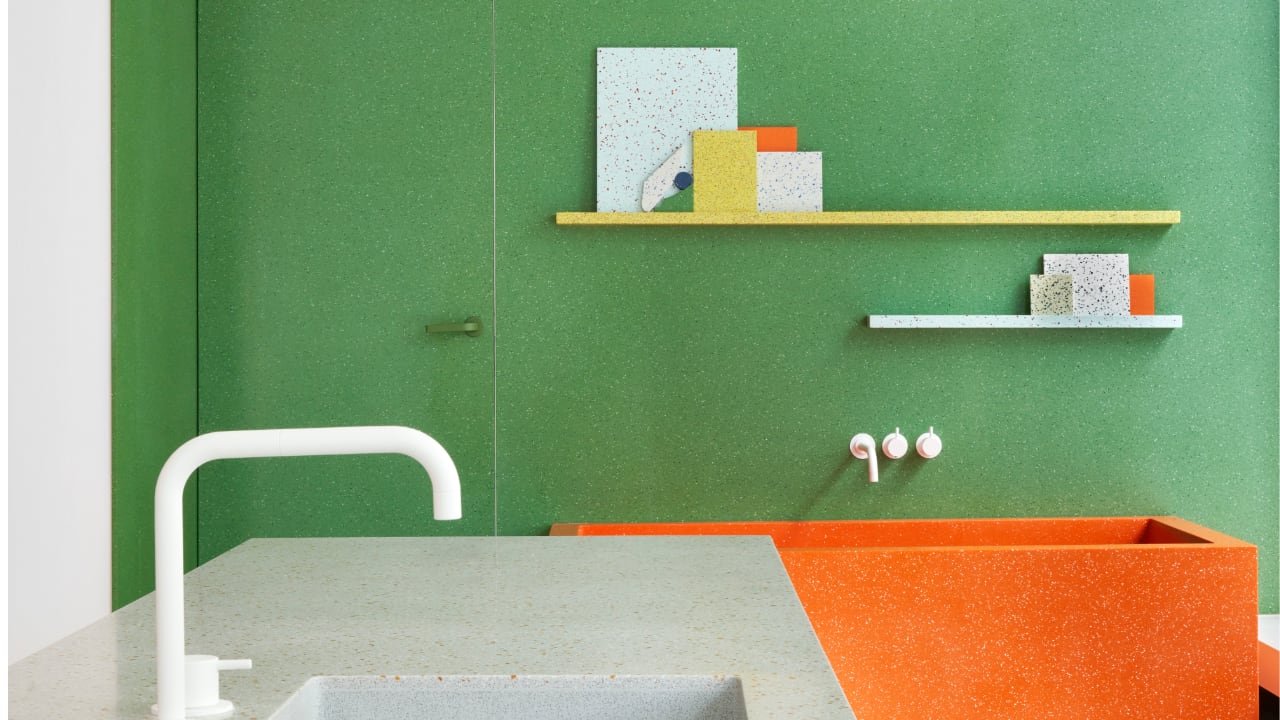
Designer: Linda Bergroth + Durat
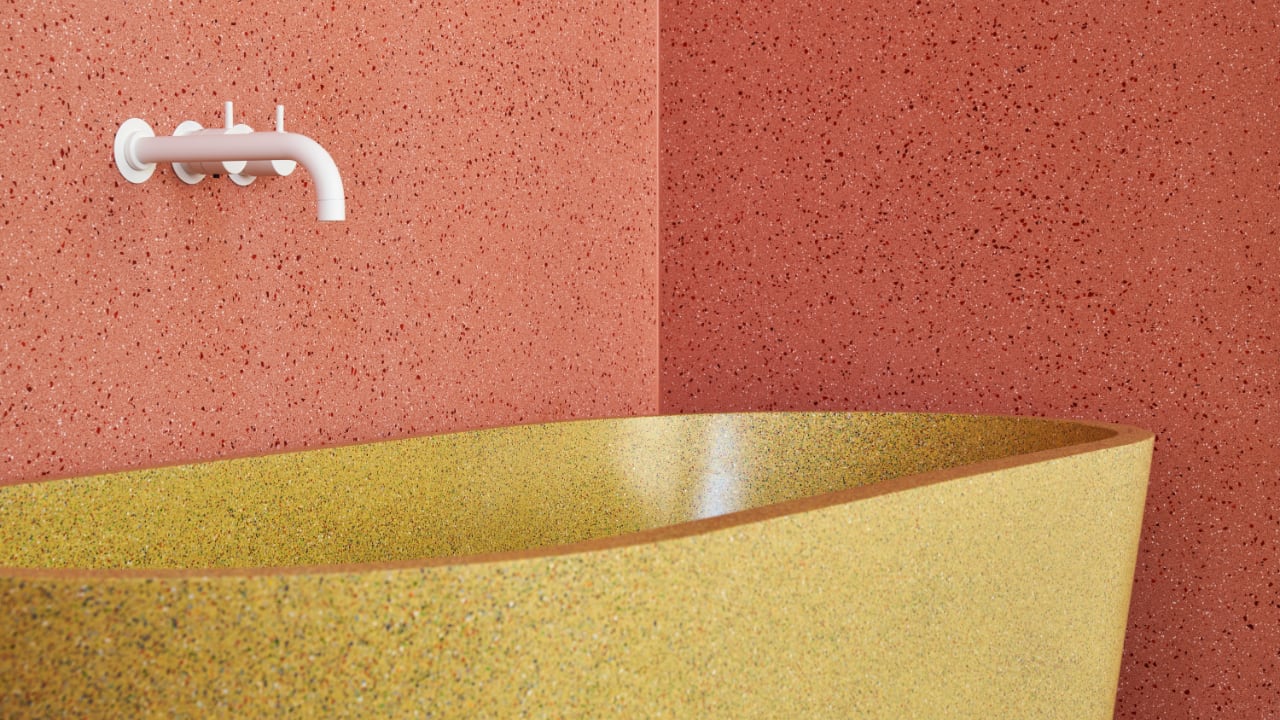
Unlike traditional countertop materials such as granite, quartz, or laminate, Durat’s sustainable solid surfaces present several environmental and functional advantages. Traditional materials like granite and quartz involve energy-intensive mining processes and often require long-distance transportation, which significantly impacts the environment. Additionally, laminate countertops may release volatile organic compounds (VOCs) due to the chemicals involved in their production. In contrast, Durat’s materials are crafted from recycled post-industrial plastics, significantly reducing the ecological footprint by minimizing waste and avoiding the depletion of natural resources. These surfaces are eco-friendly and fully recyclable at their life’s end, promoting a sustainable lifecycle.
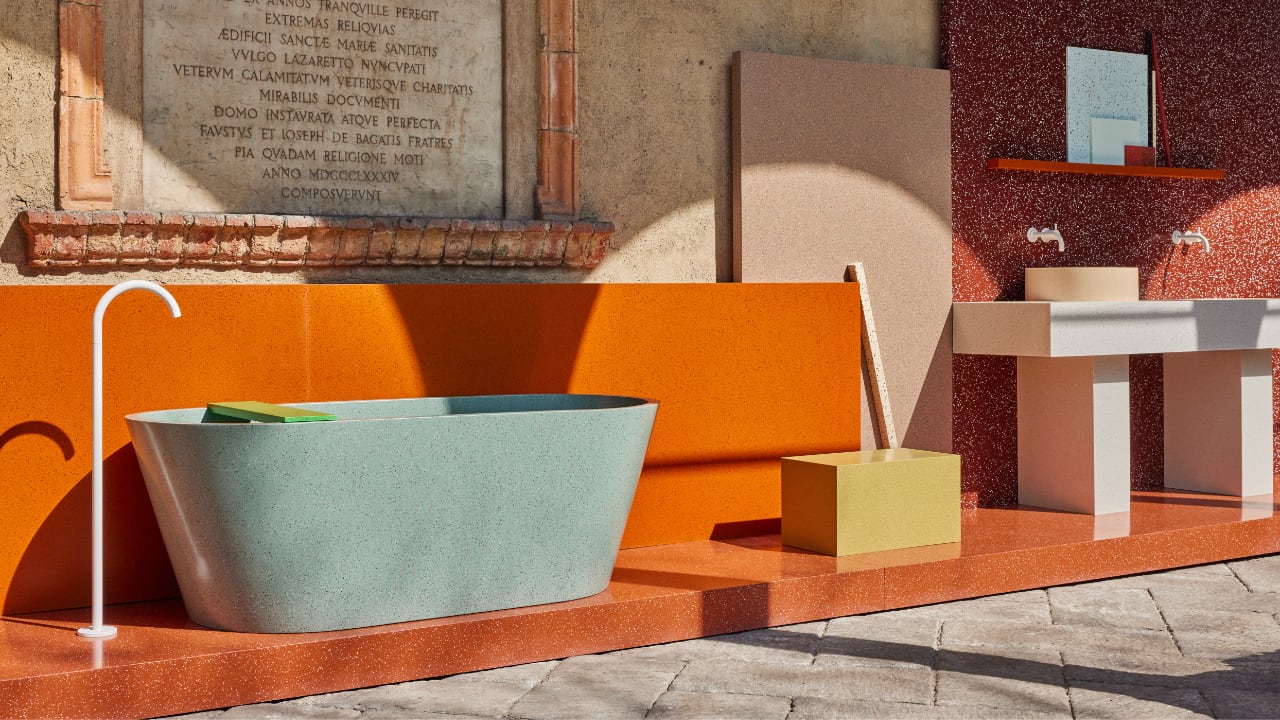
Durat’s materials have the potential to outperform traditional options in terms of durability and ease of maintenance. While granite is robust, it can crack under severe impact and requires periodic sealing to prevent staining. Quartz, though less prone to staining, can suffer damage from excessive heat. Laminate, although versatile, is vulnerable to scratches, chips, and heat damage. In stark contrast, Durat surfaces are engineered for resilience and longevity, capable of withstanding wear, impact, and high temperatures without compromising their structural integrity or appearance. Their non-porous nature ensures they’re hygienic, easy to clean, and resistant to bacterial growth, making them ideal for both bustling commercial environments and busy home kitchens.
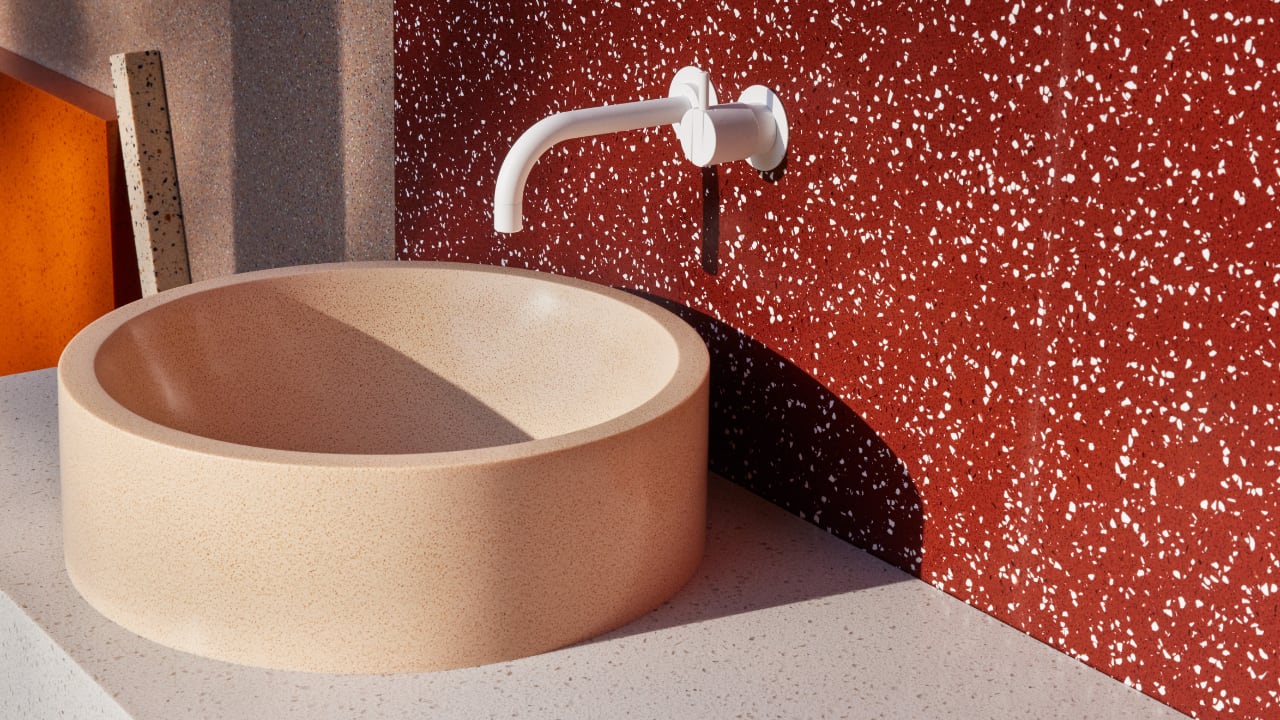
While traditional materials are often constrained by the availability of natural patterns and colors, Durat offers a refreshing alternative with its diverse range of over 300 colors, complemented by distinctive grit effects that create dynamic and continuously evolving patterns. This vast palette provides remarkable creative freedom, enabling designers and architects to precisely tailor their projects, pushing the boundaries of design aesthetics from the minimalistic to the avant-garde. These materials are lighter and more adaptable than their stone counterparts, simplifying the installation process and making repairs and refinishing easier. They also appeal to a wide array of consumers and professionals. Eco-conscious consumers and businesses appreciate Durat’s commitment to environmental stewardship, aligning perfectly with their sustainability practices. The durability and hygienic properties of Durat surfaces make them ideal for high-traffic areas like schools, hospitals, and retail spaces, where facility managers need long-lasting, easy-to-maintain solutions. Additionally, the ease of installation and maintenance makes Durat a favored choice among DIY enthusiasts, enhancing its popularity for home improvement projects and allowing for reduced installation costs while maintaining the material’s pristine condition over time.
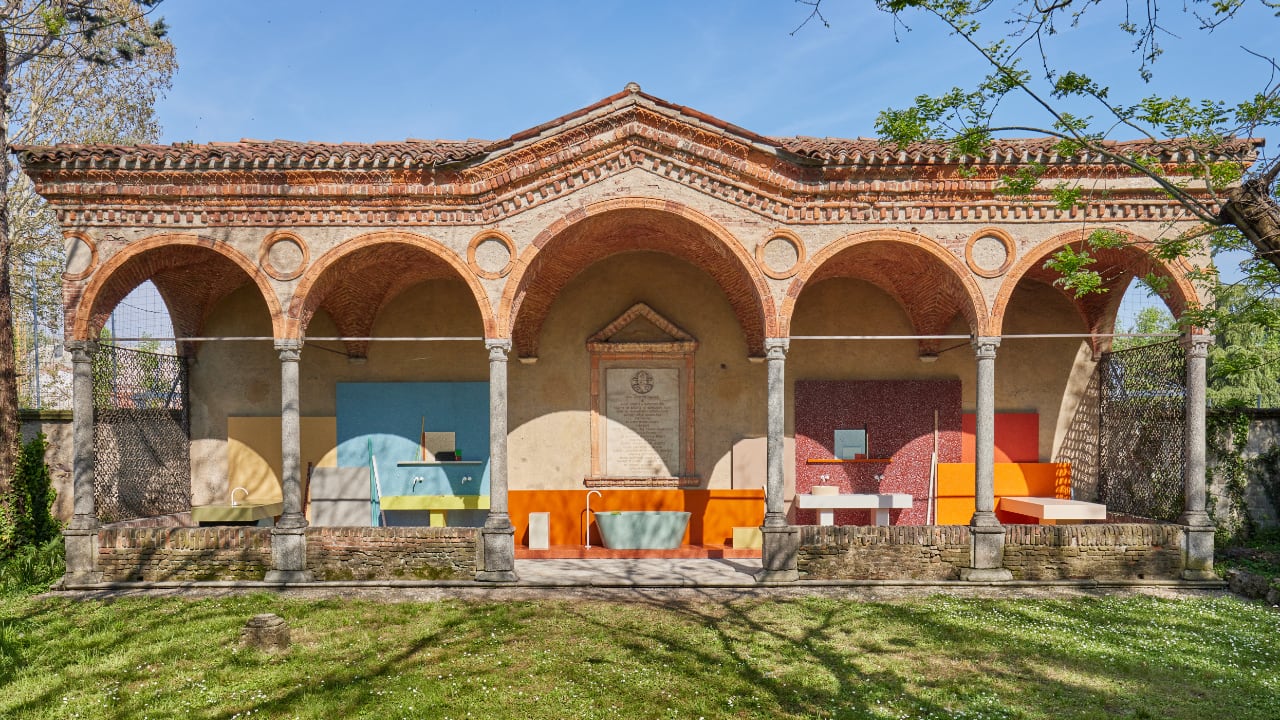
This dedication ensures Durat’s solid surfaces meet today’s design professionals’ aesthetic and functional needs while also contributing positively to environmental conservation, positioning Durat as a leader in the future of sustainable modern design.
The post Durat’s Sustainable Surfaces Merge Aesthetics with Environmental Ethics first appeared on Yanko Design.
